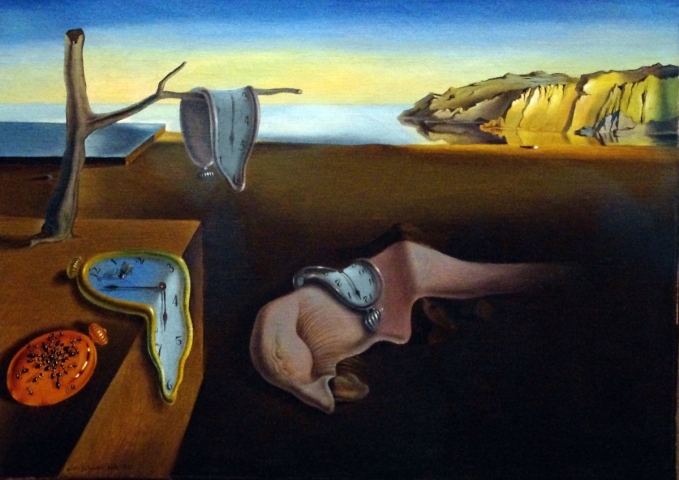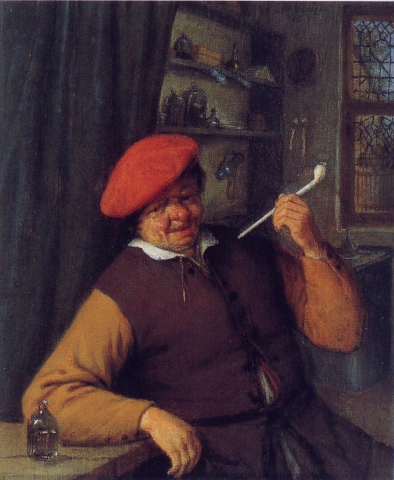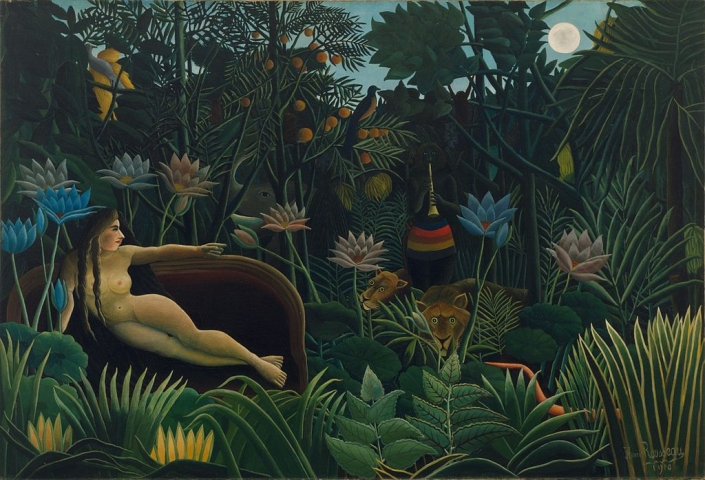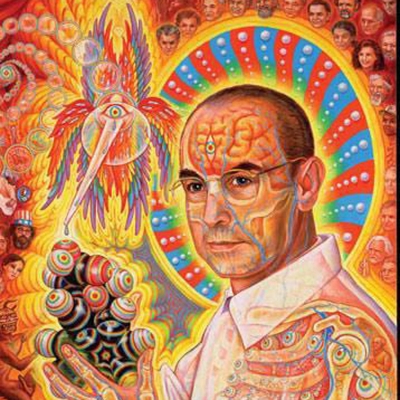Microdosing: various psychedelics
What is especially clear and obvious in the studies of psychedelics, is their resemblance to serotonin. This chemical plays a role in our brain in almost everything we do, from processing information to how we feel.
Therapeutic value
Between 1950 and 1965, more than 40,000 patients were given LSD, and more than a thousand studies were published. Although not all of these studies were up to the standards of current research methods, it certainly shows how psychedelics can have an enormous impact on quality of life. Depression, anxiety, addiction... all these entrenched patterns can be freed by psychedelics. At the time, LSD was considered a miracle drug that could help many patients. The patients themselves were living proof of this.
Ever since psychedelic research was locked up in the 1970s, science has been reluctant to broach the subject. Underground, therapists and researchers continued illegally to expand their knowledge and help people.
Between the late 1970s and early 1980s, another substance (still legal at the time) was in circulation and widely used in psychotherapy: MDMA. It didn't take long for MDMA to find its way into nightlife, where the FDA (Food and Drug Administration) stopped it and put it on the Schedule 1 list: substances with no medical value and high potential for danger to user and environment. This fear was fuelled by the governments who pinned psychedelics on the same heap as drugs such as heroin and cocaine, while alcohol and numerous 'drugs' are legal and readily available.
Psychedelic comeback
Thanks in part to microdosing, nowadays psychedelics are increasingly coming out of the punishment corner, where they have been for a long time. Ordinary' people, who do their daily things, but togehter with a small amount of a psychedelic!
Fortunately, research into psychedelics is getting back on track and motivated scientists are working to gain as much information as possible about the use and possibilities of these drugs. Hopefully more will be done in the future to give psychedelics a well-deserved place in the medical world.
Which substance is preferred varies from person to person. Below is an overview of possible candidates.
LSD
LSD (lysergic acid diethylamide) is one of the most widely known and used psychedelic substances. The amount of LSD needed for a 'standard' trip is very small, only 50-150 micrograms. Albert Hofmann, the discoverer of LSD, got the trip of a lifetime when he started experimenting with the substance and thought that a tiny amount of LSD might have no or very mild effect. So for microdosing you need a minute of a minute amount. If you want to dose this yourself, proceed very carefully.
LSD is still on the Schedule 1 list worldwide. This is therefore a second problem when you want to microdose with LSD: it is very difficult to obtain. Furthermore, people have their opinion about the fact that LSD is chemical. Alkaloids derived from ergot (a fungus that grows on cereals) are chemically processed in a laboratory. Is this a fun idea? Or do you prefer the natural form of mushrooms and magic truffles?
Magic mushrooms
In psilocybe mushrooms there are several alkaloids, of which psilocybin is the most well-known and also present in the largest amount. The advantage of mushrooms is that you can easily grow them yourself. The large yield gives you enough material to last a very long time.
On the other hand, it is a bit of work to prepare your mushrooms for the use of microdosing. Mushrooms are not very stable in active ingredients. So it is possible that one mushroom contains much more psilocybin than another. This is dangerous if you are going to microdose, so it is important that you dry the mushrooms beforehand and grind them into powder. Then you can weigh your dose and simply swallow it with some water, or mix it with your tea.
An easier way to ingest psilocybin in small amounts is through sclerotia, or Magic Truffles. Here a dose of fresh truffles of 1 gram, 2mg psilocybin, contains the quantity that was also present in the pills of Sandoz (the company where Albert Hofmann worked).
Cannabis
Nowadays, the medical value of the various substances (cannabinoids) present in cannabis, of which THC is the best known, is increasingly being discussed. One could say that the 'less is more' mentality is also the case for weed. A very light dose does not cause mega changes in perception, not streams of creative ideas and not paranoia. If you use cannabis in the form of microdoses, you will experience very different effects from a full stoner dose. People report better focus, creative flow and productive energy. A smart way to use cannabis, for people who can use that extra support.
It is important that you pay attention to the cannabis strain you are using. Indica's tend to have a more calming effect, while sativa generally gives more mental energy.
The Pax 3 is ideal if you want to discreetly use a micro dose of cannabis on the go. The sleek design, warm-up speed and small size make this vaporizer ideal for smart cannabis use, whether you want to use cannabis buds or concentrate.
Did you enjoy reading this article and do you like to write yourself? We are always looking for people who share our passion for natural products, who can also translate this into great texts. And we have an interesting reward for this. View all information for writers.
 Blog Cannabis
Countdown to 420: Make Cannacinos and Firecrackers, queue up the best stoner movies
As a cannabis lover you will have heard of it or will have read about it somewhere. 420, a term associated with cannabis. The day of April 20 (in Amer [..]
05-03-2021
8 minutes
Blog Cannabis
Countdown to 420: Make Cannacinos and Firecrackers, queue up the best stoner movies
As a cannabis lover you will have heard of it or will have read about it somewhere. 420, a term associated with cannabis. The day of April 20 (in Amer [..]
05-03-2021
8 minutes
 Blog Cannabis
Blunt, vape or bong: how do you use cannabis?
When I get to know a new stoner, I always enjoy seeing how he or she rolls a joint. Lots of tobacco, little tobacco or a tobacco substitute? Is it a t [..]
03-12-2020
8 minutes
Blog Cannabis
Blunt, vape or bong: how do you use cannabis?
When I get to know a new stoner, I always enjoy seeing how he or she rolls a joint. Lots of tobacco, little tobacco or a tobacco substitute? Is it a t [..]
03-12-2020
8 minutes
 Blog Psychedelics
Can psychedelics help manifest my dreams?
Although you can say a lot of bad things about this strange time in which we live, as a positive note I can say that it strikes me that it makes peopl [..]
Blog Psychedelics
Can psychedelics help manifest my dreams?
Although you can say a lot of bad things about this strange time in which we live, as a positive note I can say that it strikes me that it makes peopl [..]













 Nederlands
Nederlands Italiano
Italiano Deutsch
Deutsch Français
Français Português
Português Español
Español Polski
Polski